SINTEF Ocean researchers develop implant to monitor salmon health that could improve animal welfare and reduce mortality in aquaculture
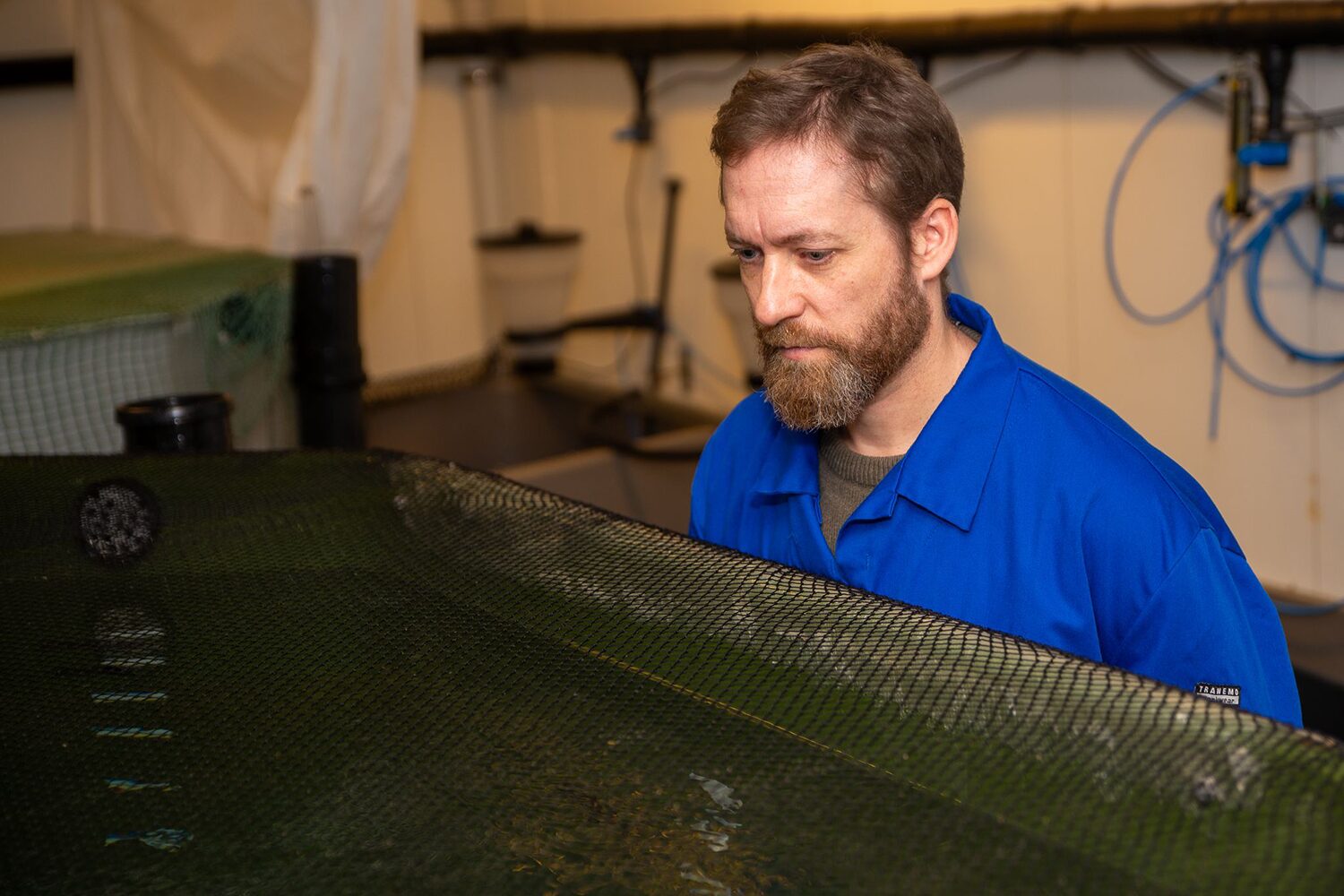
Behavioral changes or abnormal behavior in fish may indicate poor animal welfare and health, but simply observing pens can only reveal so much about a species’ well-being. This is why researchers at SINTEF Ocean research institute in Norway have developed an implant to gather information on the health of individual salmon and provide fish farms with new insights.
“Atlantic salmon farming is a significant industry in Norway, but despite this, about one in six fish die on farms every year,” Eirik Svendsen, senior research scientist at SINTEF Ocean, told the Advocate. “One potential reason is the lack of objective production control.
“Because of this, the Precision Fish Farming concept was coined in 2017 to encourage an increased use of technology for objective, informed decision support. This was followed by the SalmonInsights project, which was funded in 2018 to identify associations between physiological and behavioral parameters obtained from individual fish using new and existing sensing technologies. These technologies gather information on the physiological and behavioral responses of fish so their tolerances in different research and farming contexts can be uncovered, helping to improve welfare and reduce mortality.”
Developed as part of the SalmonInsight project, the new implant is a miniaturized embedded computer system with sensors that measure behavior and physiological responses such as arterial blood oxygenation and heart rate. The current version is a data storage implant, which means that it must be retrieved for data download and analysis.
The implant is surgically inserted into the front part of the anesthetized fish’s belly through a small incision in the abdominal wall, before being anchored in place through the incision. To maximize comfort, the implant has been made as small as possible using off-the-shelf electronic components. The encapsulation is also completely smooth and made of biocompatible resin. A surgical technique that keeps the implant from chafing the incision from inside the belly was also used. After a recovery period, data can be logged under different controlled conditions. The resulting knowledge can then be used to reduce negative welfare impacts on salmon farms.
“Apart from short-term effects requiring a recovery period after surgery and other surgery-related complications such as infection, we don’t have much accurate or general knowledge on the long-term impacts of implantation,” said Svendsen. “Some studies indicate that fish with implants may have reduced appetites, and that some anchoring techniques could cause problems as the fish grow. But successful implantation and the fish’s subsequent recovery depend on multiple factors, for example the state of the fish, the skill of the surgeon, implantation technique and individual variations such as tolerances to anaesthetic, resident water quality and temperature.”
So far, data from the new implant have been collected in laboratory contexts such as tanks and swim tunnels, said Svendsen, but several use cases can be envisaged.
“Following recent regulatory changes in Norway, any impacts on fish health and welfare must be documented during the development and modification of fish farming equipment, and the implant can be a tool to document these impacts,” he said. “Secondly, as long as fish farmers are willing to retrieve the implants after slaughter, data from a few implanted fish can be co-evaluated with other historical production data for learning purposes. The data can also be used as input to ChatGPT-like systems for deep learning and data mining, or in research contexts to identify and validate the tolerances of fish in controlled and simulated conditions. The resulting knowledge can be utilized by farmers, so tolerances are not exceeded in real farming operations such as crowding or pumping.”
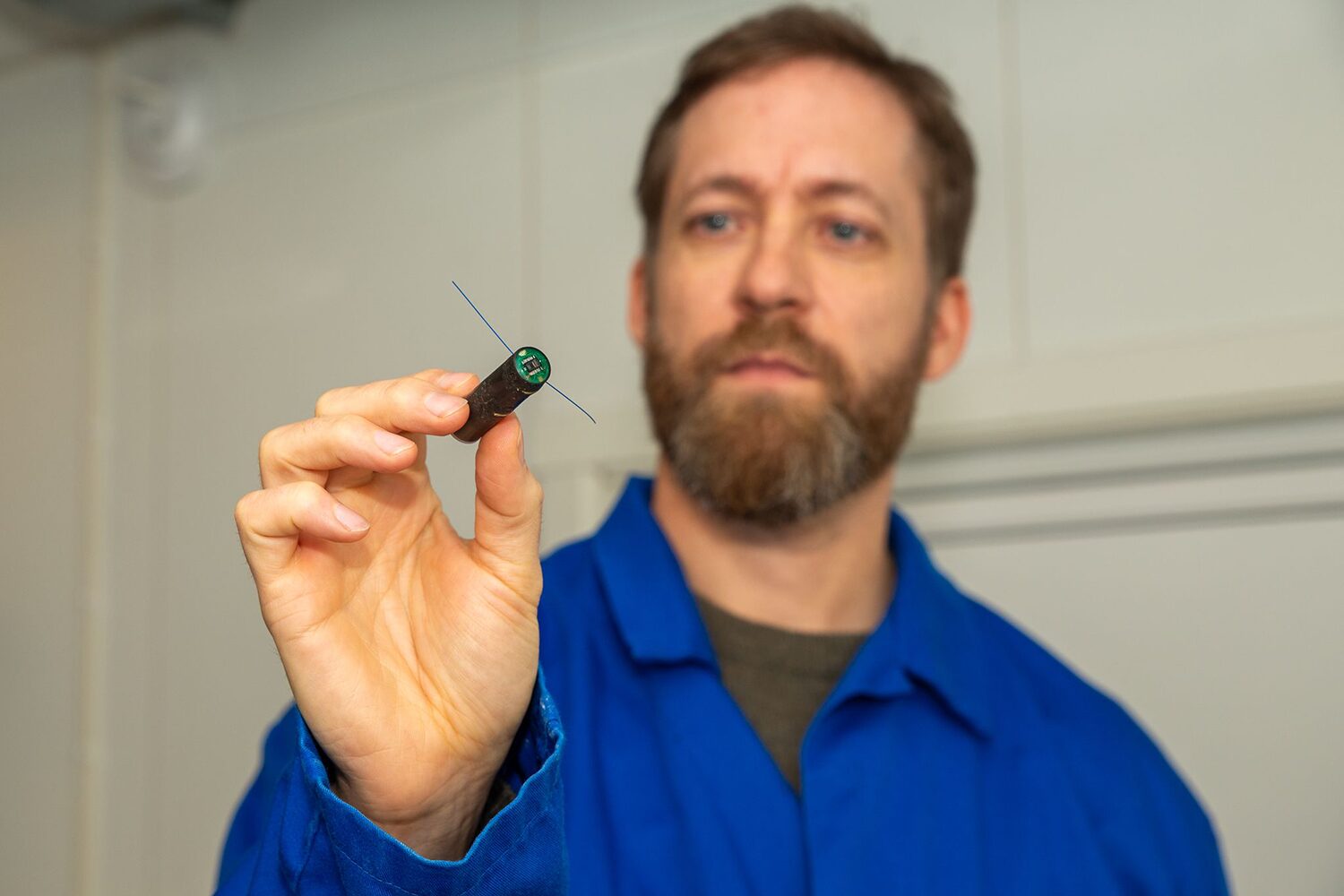
Current state-of-the-art approaches for the documentation of fish health and welfare tend to involve manual evaluations by scoring, based on operational and laboratory welfare indicators. Although commonly used, these evaluations depend on subjectivity and personnel experience, while scoring can only assist in quantifying negative health and welfare impacts after they appear, at which point it may be too late to avoid mortalities. This could be alleviated by improving utilization of the wide range of data types that is commonly collected in aquaculture, but one challenge is limited knowledge of how these data types carry objective information about their impact on fish welfare.
Meanwhile, data such as blood oxygen content, heart rate and levels of activity in fish have never been gathered simultaneously before. Hopes are high that the new implant will be seen as an advanced cutting-edge method designed to improve fish health and welfare all the more.
“Accurate and objective knowledge of the welfare of farmed fish is paramount,” said Svendsen. “Armed with this, salmon farming can be adapted to not exceed the fish’s tolerances so that negative welfare impacts are reduced.”
The implant has been revised and upgraded to include a larger memory, wireless charging, wireless programming and data download and a pressure sensor for depth estimation, with functional testing currently underway in a tank environment. Because baseline data for signal processing algorithms is also required, Svendsen and his team plan to test the implant’s design using fish in an aquaculture environment this June.
“These tests will hopefully give data examples for ‘unstressed’ fish suitable for comparison with other farming contexts where higher stress levels can be expected,” said Svendsen.
Now that you've reached the end of the article ...
… please consider supporting GSA’s mission to advance responsible seafood practices through education, advocacy and third-party assurances. The Advocate aims to document the evolution of responsible seafood practices and share the expansive knowledge of our vast network of contributors.
By becoming a Global Seafood Alliance member, you’re ensuring that all of the pre-competitive work we do through member benefits, resources and events can continue. Individual membership costs just $50 a year.
Not a GSA member? Join us.
Author
-

Bonnie Waycott
Correspondent Bonnie Waycott became interested in marine life after learning to snorkel on the Sea of Japan coast near her mother’s hometown. She specializes in aquaculture and fisheries with a particular focus on Japan, and has a keen interest in Tohoku’s aquaculture recovery following the 2011 Great East Japan Earthquake and Tsunami.
Tagged With
Related Posts

Responsibility
Is a Japanese volcano offering us a sneak preview of ocean acidification?
Shikinejima is a scenic getaway for tourists but the seas surrounding its volcano offer a glimpse of how the ocean could behave in the future.
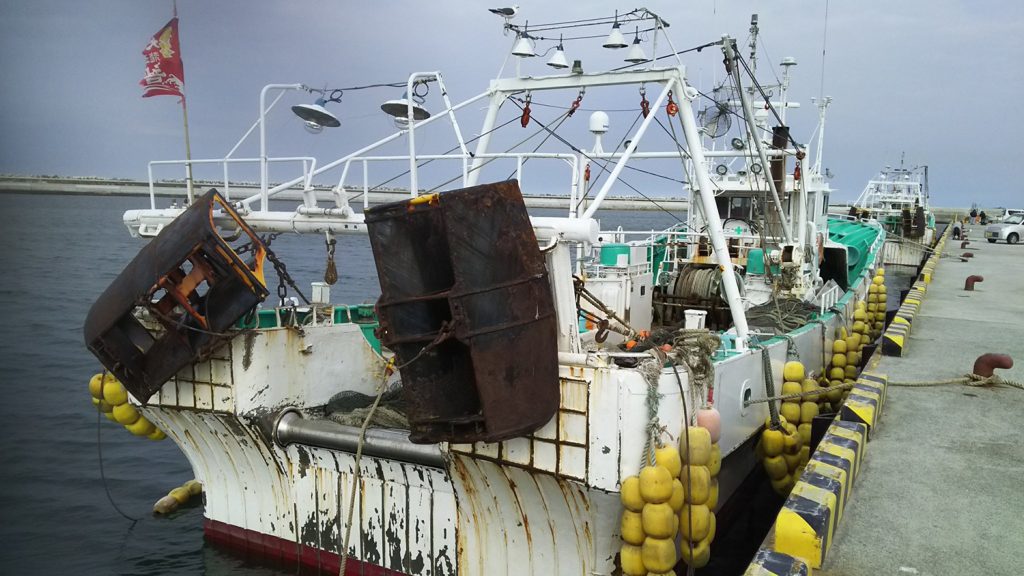
Fisheries
‘It’s been done for decades’ – How the upcoming Fukushima water release could impact Japan’s fishing industry
In Japan, discussions continue and concerns grow as authorities prepare for the Fukushima water release into the Pacific Ocean.
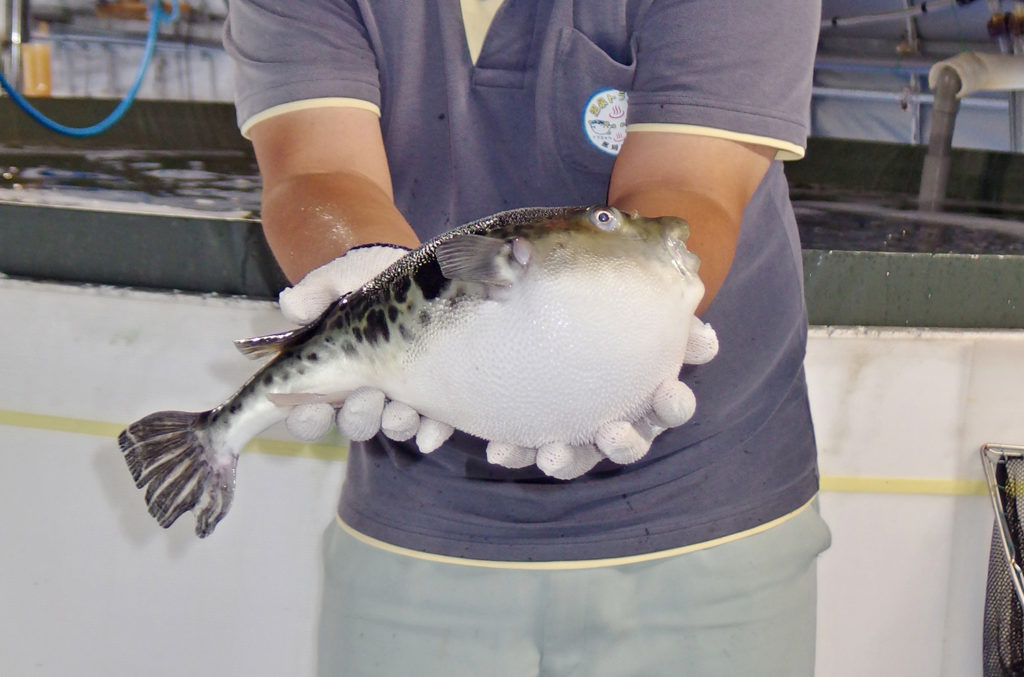
Intelligence
In Japan, tiger puffers find themselves in hot water
A technique to farm tiger puffers in hot spring water was invented to revitalize the town of Nasu-karasuyama and is now spreading to other areas of Japan.
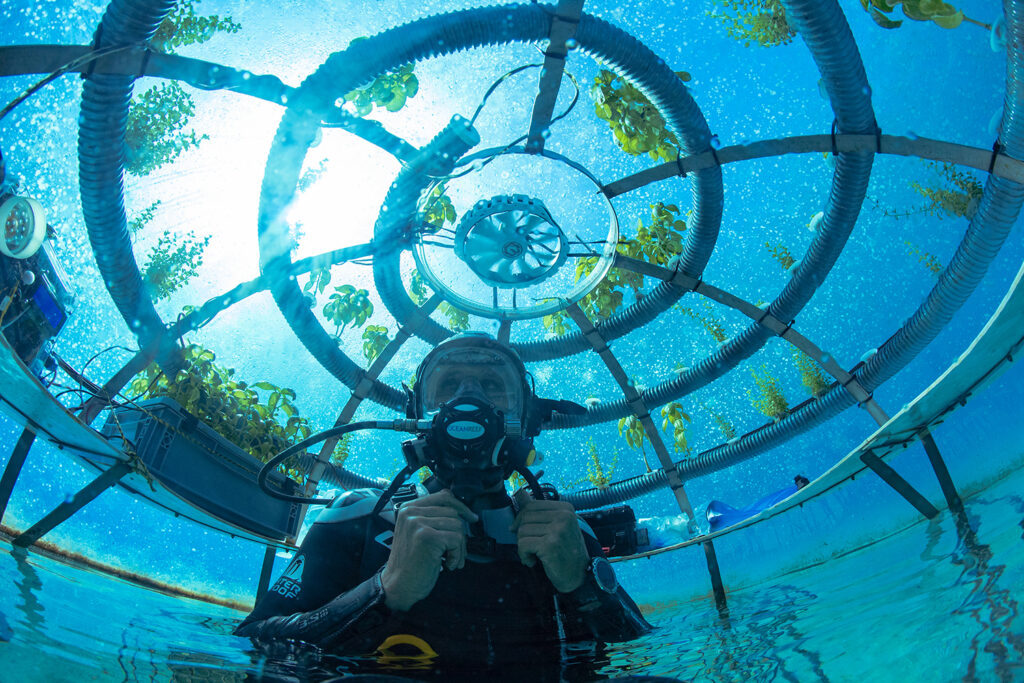
Innovation & Investment
20,000 lettuces under the sea: Could underwater agriculture be the future of farming?
Preliminary research suggests that emerging mariculture methods could provide alternatives to land-based agriculture and within recirculating systems.


